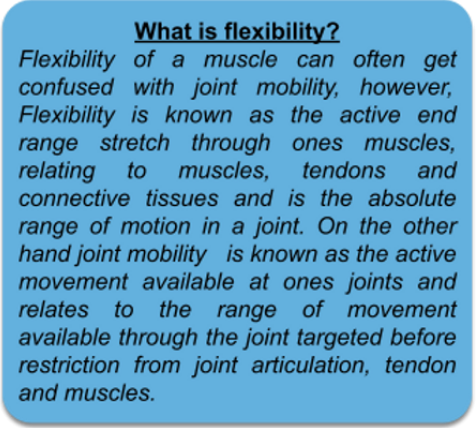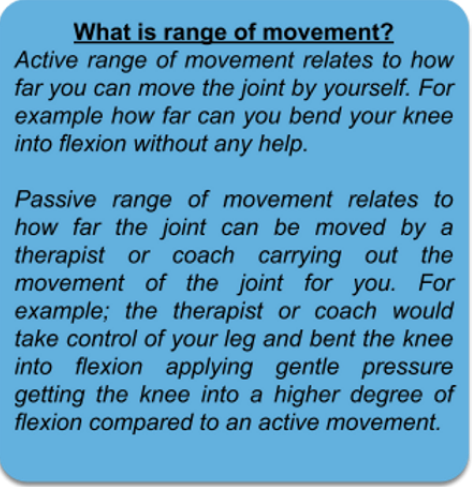
What does PNF stand for?
Proprioceptive Neuromuscular Facilitation – which can also be known as partner stretching. Proprioceptive Neuromuscular Facilitation stretching technique is a commonly used technique used by therapists and coaches to help increase short term benefits to muscle flexibility, passive range of movement (PROM), and active range of movement (AROM)
You will probably be wondering what Proprioceptive Neuromuscular Facilitation actually means, well let’s break it down…
Proprioception – your brain is aware of its surrounding limbs and where they are placed
Neuromuscular – the connection between your muscles and neurones
Facilitation – french word for easy therefore helping to make an activity easier
PNF stretching has several techniques that can be used depending on the outcome you would like to achieve:
1) Contract-relax method (CR) Target Muscle – stretch, hold, release, repeat
2) Antagonist-contract method (AC) Static or Dynamic contraction of the opposite muscle (antagonist) before stretching target muscle (agonist), followed by a static or dynamic stretch.
3) Contract-relax-antagonist-contract method (CRAC) Target muscle (agonist) stretch, hold, contract antagonist, release, stretch

Let’s have a look at a few examples of how these techniques work…
Contract-Relax Method:
Example – Hamstrings Target Muscle (Agonist)
The therapist or coach performs a passive straight leg raise (supporting from the participant’s ankle/heel) with the participant until the resistance barrier/stretch. Hold this for 30seconds
The participant then produces an isometric contraction (no change in muscular length) the participant pushes into the clinician’s hand with their leg 20-30% of maximum strength for 10-15 seconds and then relaxes
Once the participant relaxes the clinician then finds the next point of resistance carrying out passive straight leg raise, once you find the next point of resistance Hold this for 30seconds and repeat step 2.
Continue so you complete 3 new barriers for the participant
Antagonist-Contract Method:
Example – Hamstrings Target Muscle (Agonist) Quadriceps (Antagonist)
The clinician performs a passive straight leg raise (supporting from the participant’s ankle/heel) with the participant until the resistance barrier/stretch. Hold this for 30seconds
The participant then performs a contraction through the antagonist’s muscle and not the agonist/target muscle – in this case, the participant would contract the quadriceps muscle and relaxes the hamstring. To contract the quadriceps clinician then changes hand positions (supporting from the participant’s ankle/heel and spare hand on the quadriceps) allowing the participant to pull up contracting the quadricep 20-30% of maximum strength for 10 – 15 seconds, and then relaxes.
Once the participant relaxes the clinician then finds the next point of resistance carrying out passive straight leg raise, once you find the next point of resistance Hold this for 30seconds and repeat step 2.
Continue so you complete 3 new barriers for the participant
Contract-Relax-Antagonist-Contract Method:
Example – Hamstrings Target Muscle (Agonist) Quadriceps (Antagonist)
The clinician performs a passive straight leg raise (supporting from the participant’s ankles) with the participant until the resistance barrier/stretch. Hold this for 30seconds
The participant then produces an isometric contraction (no change in muscular length) the participant pushes into the clinician’s hand with their leg 20-30% of maximum strength for 10-15 seconds, relax
Immediately the participant then produces a contraction to the antagonist in this case the quadricep (clinician then changes hand positions allowing the participant to pull up contracting the quadriceps) 20-30% of maximum for 10-15 seconds, relax
The clinician then finds the next barrier of resistance and repeat steps 1 – 3 for a further 2 – 3 times through
